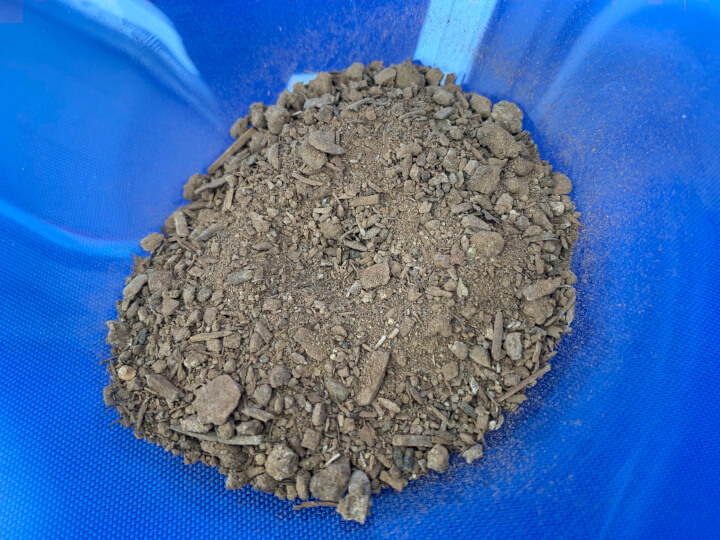What are Microplastics?
Microplastics are smaller plastic particles less than 5 millimeters (about 0.2 in) in size, roughly the size of a sesame seed or smaller. They can originate from various sources, including the breakdown of larger plastic debris, microbeads in personal care products, and fibers shed from textiles during the washing cycle.
What are Nanoplastics?
Nanoplastics are even smaller than microplastics, measuring less than 0.001 millimeters. These particles can be produced through the degradation of larger plastics or intentionally manufactured for various industrial and commercial purposes.
Environmental and Health Impacts
Although invisible to the naked eye, microplastics and nanoplastics are silent contaminants with significant consequences. Despite their small size, these particles pose a challenge to ecosystems and human health.
They are in every corner of our planet, from the oceans to the highest peaks. Plastic waste, whether in the form of bags, bottles, or packaging, gradually breaks down into smaller pieces due to the weather and UV radiation.
Once broken down, these particles can travel great distances through the air and water currents, contaminating remote and pristine ecosystems. Their presence in the environment makes them a long-term threat, as they can accumulate in water bodies, soil, and even the atmosphere.
The impact of these plastics on our ecosystems and organisms is still being researched, however, the research is showing a troubling picture. Marine life often mistakes these particles for food, leading to indigestion and the potential for bioaccumulation in the food chain. This can result in physical harm, impaired feeding, and reproductive issues in marine life, affecting the entire ecosystem.
These microplastics and nanoplastics have even been found in various food products, raising concerns about the potential transfer to humans. Even though the health effects of ingesting these plastics are not fully understood, there are concerns about their potential to leach harmful chemicals and additives into the human body, leading to health issues.
Mitigating the threat of microplastics and nanoplastics requires a multifaceted approach involving regulations, innovation, and public awareness. Efforts are being made to reduce plastic waste and improve our waste management infrastructure to help in preventing further contamination of our environment.
Innovation in materials science is also crucial for developing alternative materials that are less harmful to the environment.
Public awareness and education play a crucial role in fostering change and promoting sustainable practices.
The Omnidegradable ® Solution
The organic additive in our packaging products reacts with microbes (in a microbially active environment, like an anaerobic landfill or ocean environment) and creates an enzyme that breaks down the long-chain molecules in plastics into a small enough size for microbes to consume completely. Through this process, our materials revert to their original elements and leave behind only Water, CO2 or CH4, and a small amount of Organic Biomass, all beneficial to plant growth and our environment.
TekPak Solutions’ Omnidegradable ® (biodegradable) packaging is shelf-stable for as long as you like and does not leave microplastics or nanoplastics behind once it has fully biodegraded! This has been proven through independent third-party lab testing.


